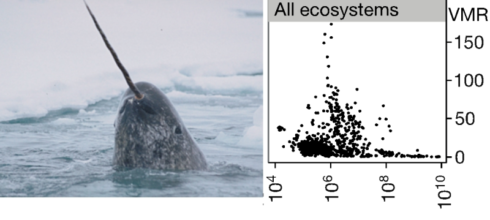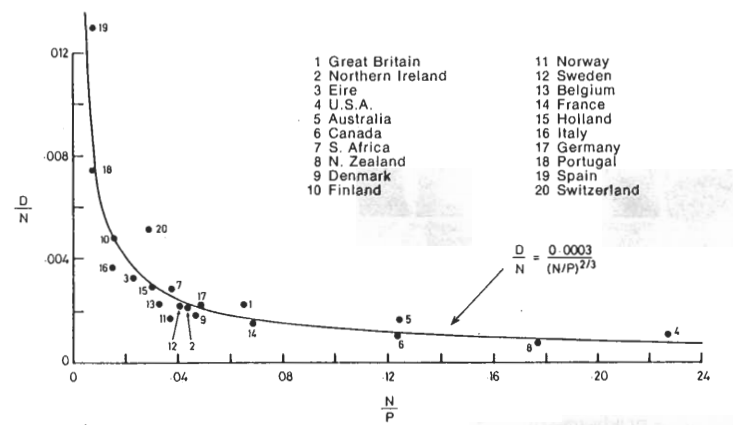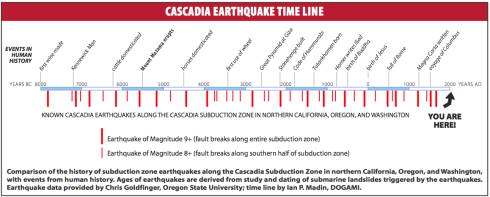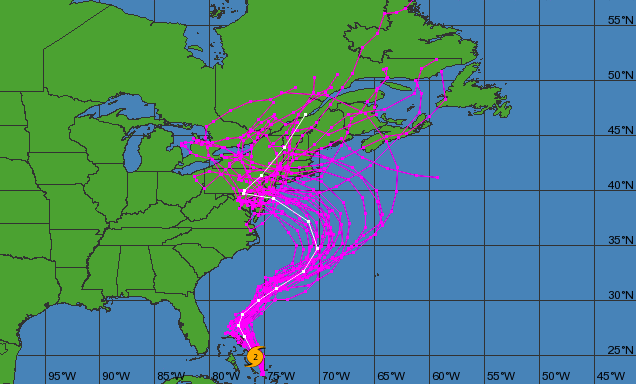I learn from a book that bacteria are unlike life as we know it. The evolutionary mechanisms are different. Food scarcity is the primary pressure on them. When food is scarce reproducing fast is beneficial. The book mentions two ways the accelerate their reproduction. Both address the same problem copying the genetic material takes time. First off they shed genes. For example they will very quickly shed the genes for antibiotic resistance when the antibiotic is absent. Secondly; recalling that bacteria are a-sexual. That allows mom a head start. She can make the copy that will be used by her grand daughters.
The shedding genes appears, at first glance, to be very short sighted. My house is full of stuff I’m not going to need tomorrow; but yeah I retain to insure against the possibility I’ll need it next week. The bacteria have stumbled on solution to this problem, they steal genes from each other. In fact they do it a lot, the percentages are huge. I think this is amazingly cool. The community can, and will, shed the gene for antibiotic resistance quickly; but if only a handful of the community retain it then the community can survive the reintroduction. I do that too. I discard stuff in my house because I know I can recover it from the city around me.
Much fun can be had with this. For example here is a fun essay on the evolutionary history of the directories in my Unix PATH. At each point in time it seemed like a good idea, solved a problem; but now we carry the complexity around. The essay is written by somebody who is under very different evolutionary pressures; so he’s trying to shed those genes.
I’m reminded of how the 1984 macintosh shed the genes for memory management, because it wanted to reproduce more quickly than the Lisa. Getting that gene back wasn’t easy, but the design pattern certainly didn’t get lost.
The dialectic between reproducing fast and remembering and copying all the important design patterns is a key challenge in any new product. It is the curse of experience that you have a deeper catalog of design patterns you feel you must decide if you will or won’t pack them into today’s new product. I’m always a bit bemused by how casually presumptive some people are about the absolute necessity of packing in this or that thing. For example: first customer contact v.s. QA? For example: delivery or modularity? For example: features or cross platform.
The answer tends to fall out of the R-selected v.s. K-selected nature of your business ecology. It’s part of what makes small businesses radically different from big ones. Which reminds me of who eats the bacteria.
So in this amusing game of analogy what plays the role of antibiotic. QA is a kind of antibiotic, but I think a better example would be the skills that organizations need to have to defend themselves from the dark arts – i.e. the agents that immunize the organization against the numerous bad ideas found in the business cults.
And then finally, let’s says something about how the bacteria draw upon their community much as I draw upon the city around me. In a business context I think that explains a lot about the survival value that comes from situating your small business inside a geographic region or virtual community from which you can draw in the craft knowledge you’ll probably shed in exchange for fast growth out of the box.








